Music For The Radical Xenomaniac is an act of audio archaeology that deserves respect. Establishing a label, contacting artists and labels from three decades past and bringing this all together on three double LPs. Macdonald and Visser have gone above and beyond and brought out collections that will be enjoyed for the next thirty years and well into the future.
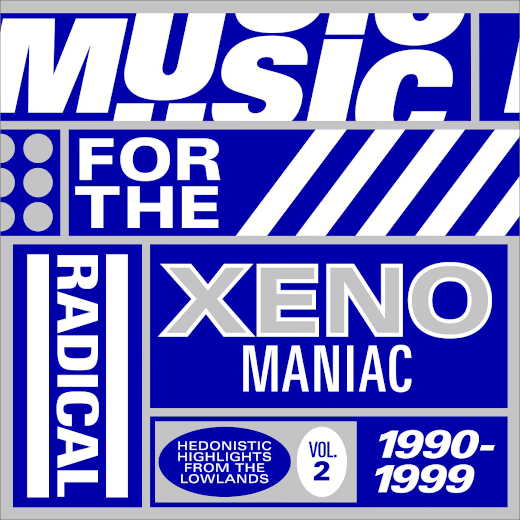
Diversity, listenability, and timelessness
Our curators of culture are effectively dead. Newspaper editors are becoming a rarer and less beatified breed as the physical format is retired to be replaced by the endless feed factchecked by those who pay most to be heard. The same can be said of the record store. The attentive interactions and the tactile quality of vinyl are replaced by bombastic videos sliced to a second of their life. It can be difficult for some to even imagine the importance of the record shop for the would-be listener. The intimacy of shared interested as new and unheard music from across the globe was proffered by the sage proprietor. They were the ground from which music took root before being disseminated to bedrooms and basements.
No-one knows this more than Christiaan Macdonald. His name may not immediately ring bells, but his influence is undeniable. He co-founded Rush Hour Records, a distribution, label and record store in Amsterdam that has been an epicenter of electronics for almost three decades. He also co-founded Safe Trip, an imprint exploring the lesser heard sounds of late 80s and 90s house and techno. It is this thirst for venturing into the past that brings Macdonald on to his next audio excursion. Teaming up with Arne Visser, better known as Cinema Royale, the next journey takes the form of Amazing! with three double vinyl compilations of “emotive musical motifs, high-frequency synth sounds, mellow basslines, pulsating rhythms and more than a touch of hallucinatory intent.”
The concept of Music For The Radical Xenomaniac was born “during the pandemic” with Macdonald an Visser having realised “that there was no comprehensive compilation documenting Dutch electronic music from the 90’s.” This daring undertaking is a true labour of love. The pair began combing through a spread of labels including “Outland (which was also a record store in Amsterdam), Stealth (which was tied to the Hot Sound label/store in Rotterdam) E.S.P. and Go Bang! (which were connected to the Boudisque store/distribution in Amsterdam) and Prime, which was run by the managing director of the Dutch division of Play It Again Sam (PIAS).” As they continued to dig further, something dawned as they “quickly realized that there was too much music to include on one album.”
The three compilations have been collected and constructed on central pillars, “diversity,” “listenability,” and “timelessness.” The first volume is more club focused, delivering a spread of tracks that would have been heard in lowland venues in the early nineties. Macdonald and Visser are all too aware of the importance of such clubs in the dissemination of this new and exciting music. The title of the collections, Music For The Radical Xenomaniac, is “also a nod to the Amsterdam club RoXY, which operated from 1987 until 1999.” “The creator of the club, who built it with his own hands, Peter Giele (one of the most prolific and important artists of his time), converted a derelict cinema of the same name into a club and later made its name into an acronym by coining the term Radical Outlet for the Xenomaniac in You (RoXY).”
Stalwarts of the RoXY feature on the first volume, such as Marionette with no “No Strings Attached.” The sound pursued in this opening collection is club centric without ever losing itself to the mechanical. There is an organic flow to the tracks selected, a hopefulness and warmth in the melodies, a progression to the percussive patterns and alongside an “exploration and hedonism.” As Macdonald notes, this “culture wasn’t a part of society yet, it was independent, underground and off the radar. It was also a time before internet, so you had to be where it happened to experience it and to interact. People were creating art and music that hadn’t been created before.” This enthusiasm and innocence is plain to hear on tracks like Ramon & Theo’s “A Quest of Thousands” or “Higher” by The R. A generational shift was taking place and it had its own soundtrack.
Although Amazing! are celebrating a specific scene, they know all to well that what was taking place wasn’t happening in a vacuum. Xenomaniac is defined as “an extreme passion for foreign things, customs, or people.” Hands were stretched to the US. “Carl Craig was” in the Netherlands “a lot, released music on Dutch labels, he released music by Dutch artists, like Stefan Robbers and The Connection Machine, Derrick May lived” in Amsterdam “in 1993 and was closely affiliated to the Outland crew and released music from Steve Rachmad. Speedy J and Gijs Vroom linked up with Richie Hawtin and Plus 8. Fingers Inc. did one of its earliest shows here as did Underground Resistance.” Britain’s break beats were hugely influential as was the piano house and spaghetti dance of Italy. “The influences and comparisons are endless, but what makes the sound here stand apart, maybe even unique, is that producers were good at taking influences from all over the world, taking them out of their existing context and putting them into a new one, creating new dimensions and flavours.”
The outward looking nature of the scene, and the meticulous selection process of Macdonald and Visser, gives the compilations a breadth that is truly astonishing. The second volume sees fragile free jazz techno from the likes of Its Thinking sharing space with the racing energy of Interface’s “Temazepam.” Another reason for this diversity is that the double albums are representing a varied scene in a country as heavily populated as The Netherlands. It “started happening on a very local level. First in the big cities, Amsterdam, Rotterdam, The Hague and Utrecht being the major ones, then it quickly spread to more regional cities across the country. All creating their own scene with clubs, record stores, studio’s and labels dedicated to this sound.”
The outward looking nature of the scene, and the meticulous selection process of Macdonald and Vissier, gives the compilations a breadth that is truly astonishing.
To unearth the 35 tracks that make up these compilations was a mammoth task. Music made over thirty years ago with artists and labels no longer active. Macdonald is stoical about the level of work. “Some artists” they “knew from back in the day and still speak to,” so that was easy. Some they “hadn’t spoken in years, so this process provided a welcome rekindling of souls. Others were harder to track down or don’t own the rights to their music any longer, some signed away their rights for life to labels that maybe don’t even exist anymore and were bought by catalog companies. Some of these were very helpful and supportive. Mostly the ones that are still in touch with the culture and understand the relevancy of projects like these.”
Arguably, the third volume is the most varied. It contains a wealth of styles from deep techno and break beat ambient to burgeoning bleep. It also has a number of names that will be recognizable to the faithful. 2000 and One, Orlando Voorn, Stefan Robbers and The Connection Machine all feature, each delivering an unexpected gem that eschews their more familiar sounds. Understated the beautifully produced, tracks like “Surfin Cuban Waves” by Paradise 3000 and Georgio Schultz’ “Trance” are glowing examples of the range that this scene had to offer.
Music for Radical Xenomaniac is an act of audio archaeology that deserves respect. Establishing a label, contacting artists and labels from three decades past and bringing this all together on three double LPs. Macdonald and Visser have gone above and beyond and brought out collections that will be enjoyed for the next thirty years and well into the future. And what’s next? A well-earned rest? Macdonald doesn’t think so. “As Luther Vandross used to sing ‘This is only the beginning’.”
Amazing! is run by long-serving Dutch scene stalwarts Christiaan Macdonald and Arne Visser. Macdonald co-founded Rush Hour and Safe Trip, and also co-curated the acclaimed Welcome To Paradise and Planet Love compilations. Visser is known as selector and radio host Cinema Royale, and for his Dekmantel-released Italodisco compilation, Profondo Nero.
Music For The Radical Xenomaniac Vol. 1, Vol. 2, and Vol.3 are available on Amazing!. [Bandcamp | Soundcloud]







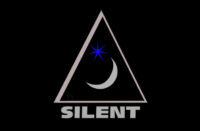





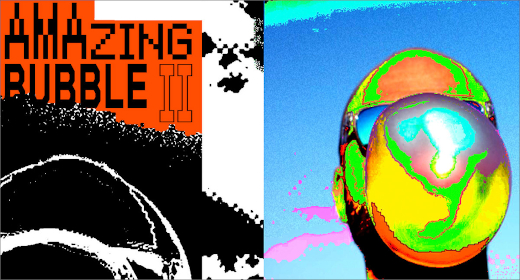
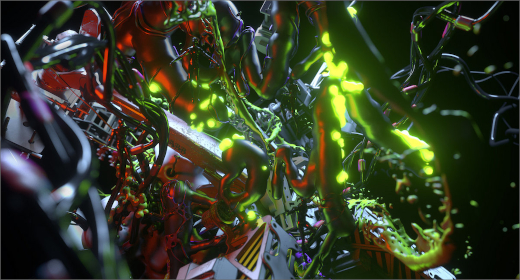


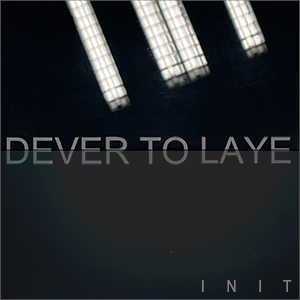

![Romanowitch :: A critical season substitute (glitch.cool) — [concise]](https://igloomag.com/wp/wp-content/uploads/2025/03/romanowitch-a-critical-season-substitute_tape_feat-75x75.jpg)








